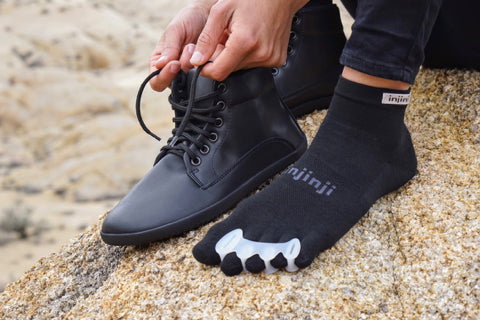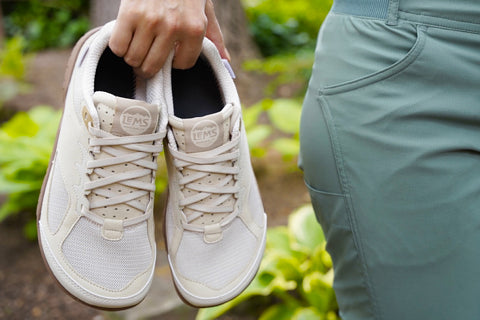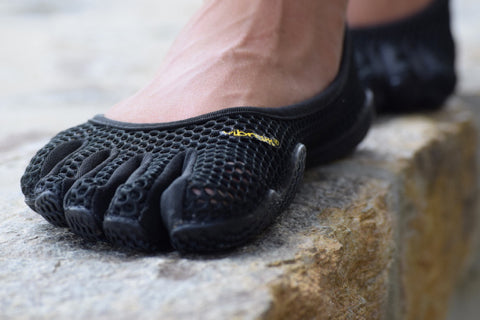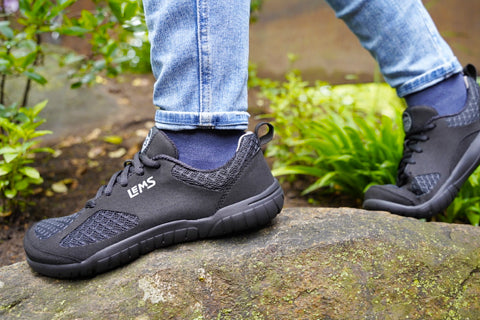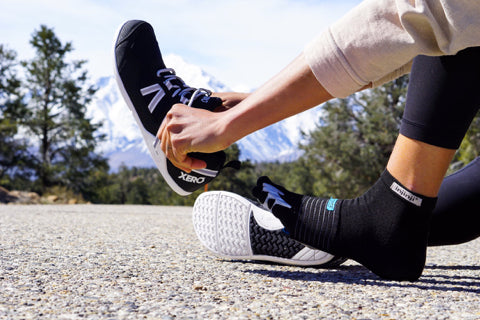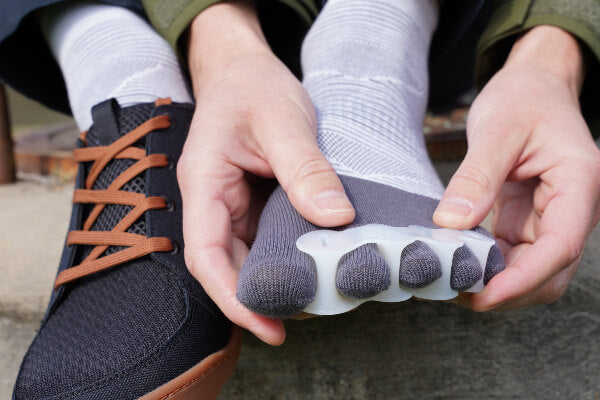Can I Comfortably Wear Minimalist Shoes on Concrete Floors?
 This is a question that we frequently receive here at Natural Footgear, and it’s a reasonable one to pose by those who spend long parts of most days in a weight-bearing situation on unyielding surfaces. The human body is incredibly resilient, and it’s our belief (and experience) that most people can, with the proper time, care, and consideration, reach a point where it’s possible to comfortably wear minimalist footwear on...
Read more
This is a question that we frequently receive here at Natural Footgear, and it’s a reasonable one to pose by those who spend long parts of most days in a weight-bearing situation on unyielding surfaces. The human body is incredibly resilient, and it’s our belief (and experience) that most people can, with the proper time, care, and consideration, reach a point where it’s possible to comfortably wear minimalist footwear on...
Read more


